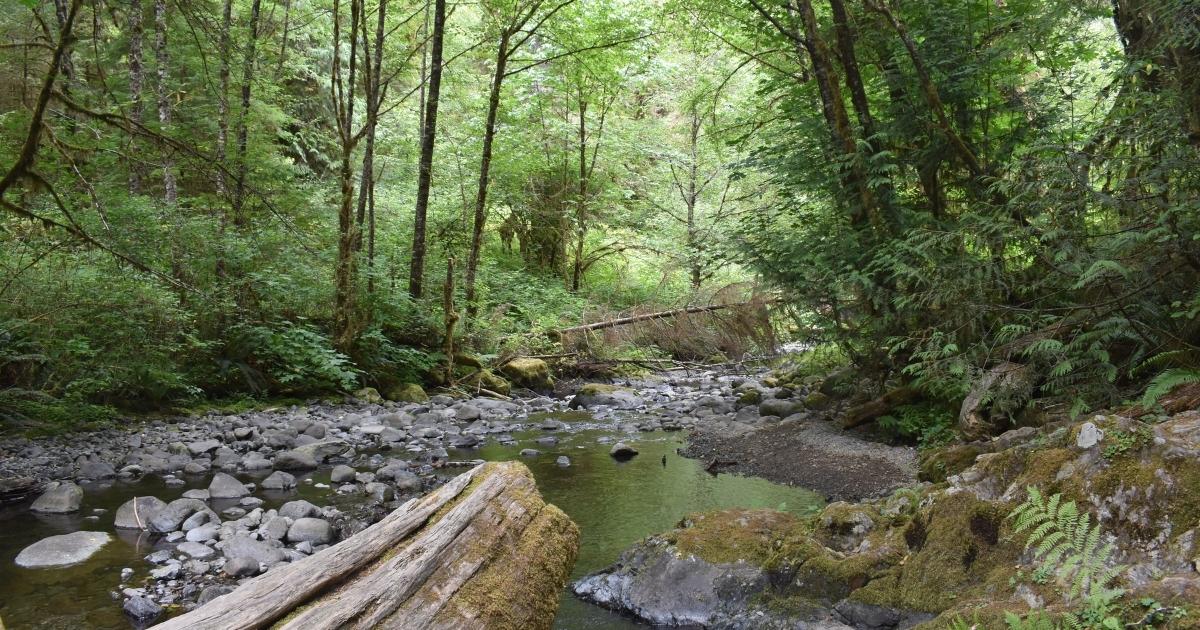Yesterday, the Washington State Department of Ecology (Ecology) released the results from Washington’s first Allowance Price Containment Reserve (APCR) auction, held on August 9th. At this auction, all 1,054,000 of the available APCR allowances were sold at the two APCR tier prices of $51.90 and $66.68, with 527,000 allowances available at each price tier. This auction, along with two previous sold-out cap-and-invest auctions, shows continued strong demand for allowances under Washington’s cap-and-invest program and demonstrates the important role that an APCR can play in building predictability and stability into allowances prices.
Overview of an APCR auction
The APCR is a price containment mechanism that was built into Washington’s cap-and-invest program to help keep allowance prices stable and predictable. The APCR functions as a soft price ceiling, wherein if a certain price level is reached at the quarterly auctions, a number of allowances set aside specifically for this scenario become available at a separate APCR auction. These APCR allowances were budgeted out ahead of time and are still part of the overall allowance budget set by Ecology to keep the state on track to meet its climate targets. Conducting an APCR auction makes additional allowances available from the planned emissions budget, helping to stabilize allowance prices by making a specific pool of allowances available at a transparent, predictable, predetermined price point.
In an APCR auction, only ‘covered’ and ‘opt-in’ entities are eligible to bid on allowances (meaning only entities that are required to obtain allowances to cover their emissions). This differs from a regular quarterly auction, in which other investors — known as general market participants — can also bid on allowances. Another important difference in this auction is that APCR allowances can only be used to cover an entity’s own emissions; they can’t be sold or traded.
APCR auction results
At the auction, administered by the Department of Ecology, participating entities submitted their bids for APCR allowances at two tiers. Bidders could submit multiple bids for the number of Tier 1 and Tier 2 allowances they wanted; Tier 1 allowances were sold first and, once they ran out or once all Tier 1 bids were fulfilled, Tier 2 allowances were sold until their supply was exhausted or until all bids were fulfilled. The 1,054,000 APCR allowances available at this auction were split evenly between the two tiers, with Tier 1 allowances priced at $51.90, and Tier 2 at $66.68.
Here are the results, released yesterday:
- Tier Price 1: 527,000 allowances sold at a price of $51.90 per allowance.
- Tier Price 2: 527,00 allowances sold at a price of $66.68 per allowance.
What these results mean
This was the first APCR auction for Washington’s program, and its implementation demonstrates the importance of this price-stabilizing feature. While an APCR auction may not be triggered at every quarterly auction, they are pre-designed into the program to keep it running smoothly. Building price steps into the market from the outset of the program is extremely important, both to contain high allowance prices and to adjust the program if allowance prices were to become unexpectedly low.
Washington planned their program with both scenarios in mind. Washington’s Climate Commitment Act — the law that created the state’s cap-and-invest program — includes both an APCR to increase allowance supply if prices became relatively high, and an Emissions Containment Reserve (ECR) to remove allowances from supply if prices became relatively low. These two tools can both help stabilize prices while increasing environmental ambition. An APCR does this by reserving allowances in advance from the allowance budget, and only releasing them if allowance prices increase. This means that if the APCR is triggered, the program will still be on track to meet the state’s climate goals — and if the APCR is not triggered, the program will deliver emission reductions above and beyond what is necessary to achieve climate goals. If allowance prices are relatively low, an ECR requires an even greater number of emissions reductions if the market shows that it’s cheap to cut emissions. However, Washington has yet to implement an ECR in its cap-and-invest program.
By including an APCR that smooths and stabilizes prices on the high end of the demand curve, Washington created a program that’s more predictable, stable and durable for the long-term. And critically, it did so utilizing allowances that are still a part of the planned allowance budget.
Cost-cutting with linkage
There are other steps Washington could take to bring allowance prices down and avoid triggering future APCR auctions, one of which is pursuing program linkage with the linked California-Quebec carbon market. Washington’s Department of Ecology concluded a public comment period earlier this year on the question of whether or not to pursue linkage, and their decision on whether to move forwards with linkage negotiations is expected this fall. Many organizations and individuals submitted comments in support of linkage during that comment period, including EDF.
Linking markets would bring about significant advantages for all participating markets, including bringing down and stabilizing the prices of allowances for covered polluters and business in Washington while also enabling deeper cuts in climate pollution. That is because in a larger linked carbon market there are more trading partners, and thus more low-cost opportunities to cut pollution than in a smaller market. Washington’s Department of Ecology published economic modeling on the expected impacts of linkage, finding that linkage with California and Quebec could cause a significant drop in the prices of allowances in a system like Washington’s.
What’s next
Washington’s third regular quarterly auction will be happening in September, with results coming out on Wednesday, September 6th. Stay tuned to EDF’s blog for our coverage of the results.










